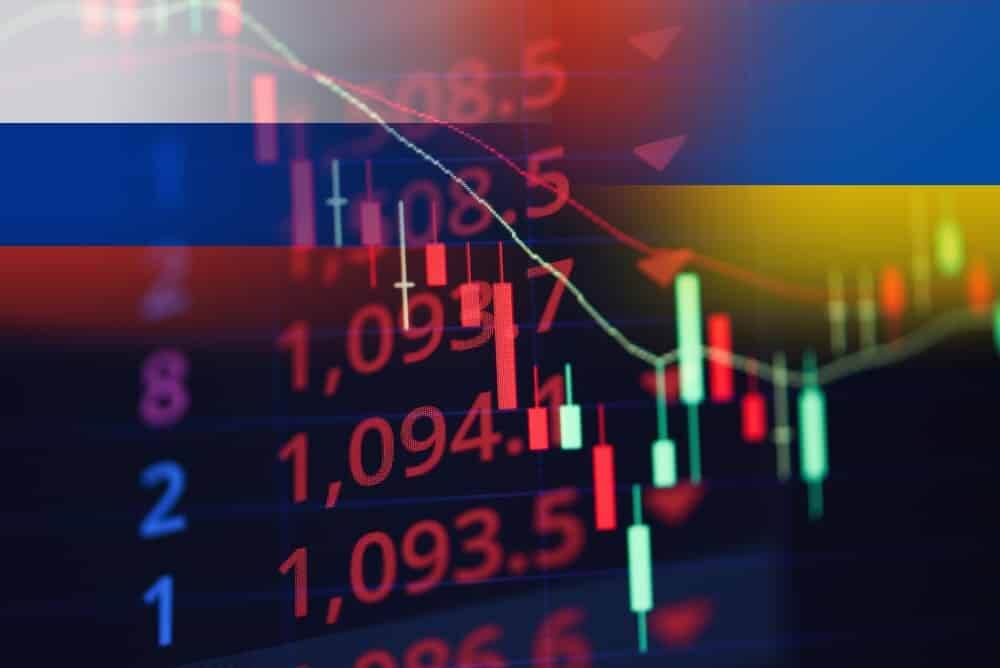Russia’s War – Increasing Gas Value and Financial Markets

Russia’s War – Increasing Gas Value and Financial Markets
Russia’s war: Gasoline was rising on February 24 before the Russian invasion of Ukraine and had been growing every day since. This is the most critical inflation rate that most Americans check regularly; Consequently, this daily increase is a big problem. It is a tax on working people, a slowdown in economic growth, and a visible emblem of acute issues that plague several financial assets; Ranging from stocks bonds ending with commodities such as gold wheat.
These issues are insignificant compared to the Russian attack’s pain inflicted on the Ukrainians. After the Russian invasion, the average price of ordinary gas in the US increased 17 percent by Wednesday. It grew by a total of 23 percent since the beginning of the year. On Tuesday, the average price of a conventional gallon rose 8 cents to a total of $4.25. Another growth in prices is already inevitable.
Gasoline prices are based on the cost of crude oil that jumped in response to the invasion and Western sanctions. Announcing on Tuesday that the US and the UK were banning Russian energy imports, the rise in world oil prices was far from over. Economists predict that even if oil does not rise, the retail price of gas in the US will reach $4.50 by April. World oil prices should rise to $150 a barrel, more than 20 percent in total, until everything is sorted. Gasoline’s current prices are already higher than previous records set in 2008.
Prices and financial Markets
Rising prices for petrol and other fixed assets are already hurting people who want to travel by car to work or school and those who can’t reduce food purchases.
According to Yardeni Research, the average American household will spend about $3,100 on gasoline in 2022. For many working people, this is the equivalent of a tax. In addition, food prices have risen. Russia and Ukraine accounted for 28 percent of the world wheat trade last year and 18 percent of corn exports. The futures price of wheat has increased 36 percent this year, even after the start of the war by 27 percent. Shipping through Black Sea ports is delayed. Financial sanctions restrict trade; Futures prices are rising sharply.
According to Yardeni Research, the average family will have to spend more than $1,000 on food this year. Increased costs for food and gas could be around $3,000 a year. This poses additional challenges to the Federal Reserve. The consumer price index for February, which is due to be released on Thursday, is expected to be even higher than the 7.5 percent annual rate. The consequences of the war are likely to lead to higher inflation next month. Then, the annual comparison with high inflation, caused mainly by supply chain disruptions during a pandemic, makes inflation figures better.
Russia War and the Fed
Economists estimate, however, that if commodity prices continue to rise, inflation will not fall quickly. Consequently, the Fed will remain under significant pressure to raise interest rates at next Tuesday and Wednesday meetings. High-interest rates can halt the economy.
At the same time, rising prices due to the war and declining consumer spending are likely to hamper the economy. With a combination of rising interest rates and the oil shock, two unpleasant words are back in circulation: recession and stagflation. They are just opportunities, though anxiety about them weighs on markets.
Long-term bond yields fluctuated, indicating that markets have less confidence in where the economy is heading. If the Federal Reserve raises interest rates; Short-term interest rates will exceed the long-term level. This will be another bad sign for the economy. Such fluctuations in interest rates often preceded the recession. The massive stock market has had one of the worst beginnings since the 1900s. The S&P 500 fell more than 10 percent from its peak this year. This drop on Wall Street is known as a correction. The Nasdaq was down more than 20 percent at its peak in November. iShares S&P GSCI Commodity-Index Trust grew 51 percent this year. Energy stocks have risen.
A similar decline occurs periodically for long-term investors, a balanced, diversified portfolio that includes stocks and bonds. They may be painful, but the stock market will recover and surpass its past if history echoes itself.
Conclusion
If the effective closure of Russian financial markets and the rise in commodity prices lead to a sharp decline in the stock market, as well as unexpected results, the Fed will be hard-pressed. It comes down to tightening monetary conditions; However, it may have to engage in another rescue operation, as it did in March 2020. It is worth noting that the war may end abruptly, and energy prices may fall sharply.
Also, in March 2022, turmoil over oil and gas prices began with the resumption of the Cold War. There is still a long way to go before the positive dynamics of the situation changes. However, before that, aggressive attacks by Russia must end.
The post Russia’s War – Increasing Gas Value and Financial Markets appeared first on FinanceBrokerage.
0 Response to "Russia’s War – Increasing Gas Value and Financial Markets"
Post a Comment